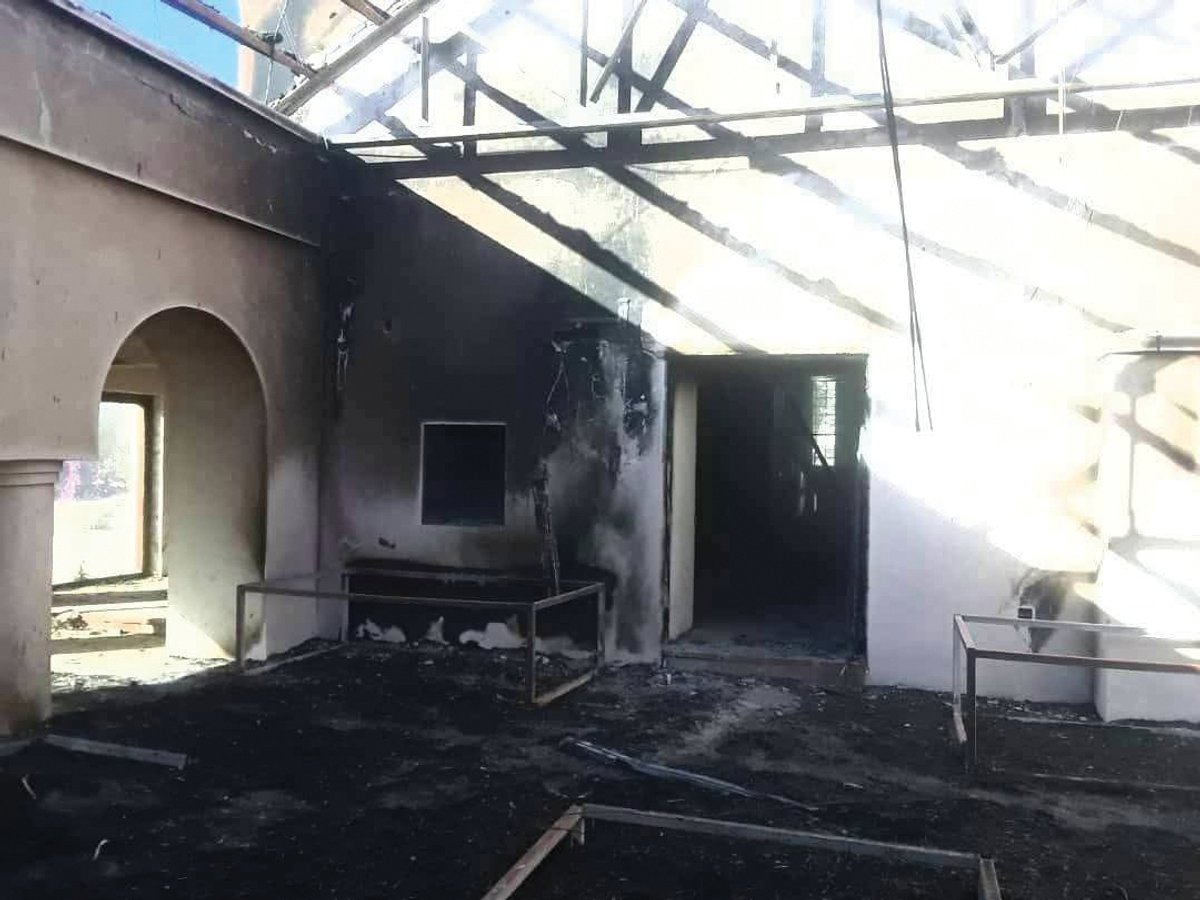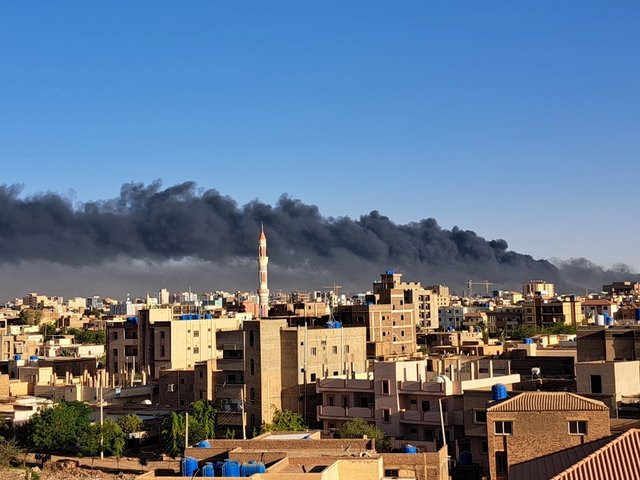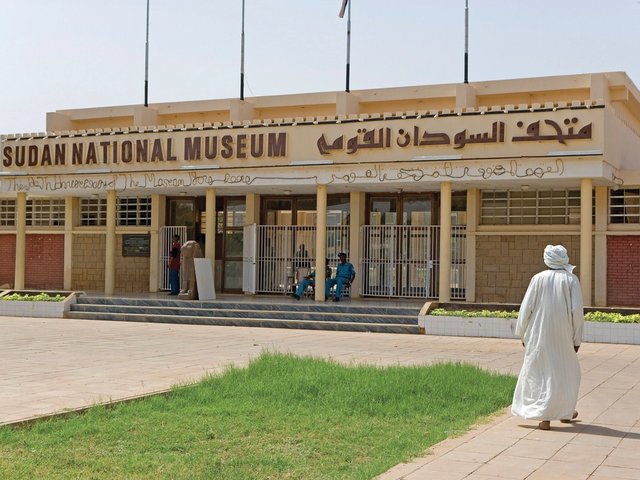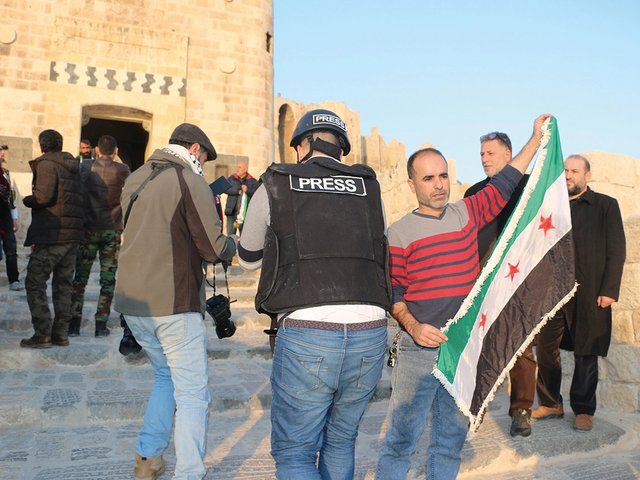Less than a month into Sudan’s civil war, which began in 2023, videos surfaced of militants inside the National Museum’s bioarchaeology laboratory boasting that they had found corpses of people killed by the followers of the previous regime, apparently unaware they were in fact mummies more than 5,000 years old. Panic spread across the Sudanese archaeology community, says Zuheir Saeed, the president of the Sudan Archaeology Society.
The museum is home to more than 100,000 artefacts and has the most comprehensive Nubian collection in the world. “This is the history of Sudan,” Saeed says. “This is part of the identity of Sudan.”
As the war approaches the end of its second year, tens of thousands of lives have been lost and horrendous human rights violations have been committed. No end is in sight. The war itself has been under-reported as other conflicts have taken the global centre stage; even less attention has been paid to its devastating toll on Sudan’s heritage. But experts paint a grim picture: at least six museums and multiple historic sites have suffered looting or damage.
Home to two Unesco World Heritage sites, Sudan has numerous museums, including 12 overseen by the National Corporation for Antiquities and Museums (NCAM), which is responsible for preserving the country’s antiquities and archaeological sites. Sudan is an archaeological treasure trove, with evidence of human life dating back 1.6 million years. Its landscape is dotted with ancient tombs, pyramids, temples, palaces and burial mounds, many unexplored.
The war stems from a power struggle between the Sudanese Armed Forces (SAF) and the paramilitary Rapid Support Forces (RSF). Once allies in toppling the dictator Omar al-Bashir, the two factions turned on each other in 2023. The resulting conflict has displaced more than 12 million people and plunged the country into crisis, with more than 25 million people facing food insecurity. The UN accuses both sides of “harrowing human rights violations and international crimes”.
Salaheldin Mohamed Ahmed, the former director of fieldwork at NCAM, says the devastation of the country’s cultural heritage is the saddest event of his long career in archaeology. “It’s as if you are destroying chapters or pages of the country’s historical book,” he says.
Artefacts on the black market
The RSF was responsible for looting the National Museum, Ahmed says. Some objects were temporarily stored in a village near the border before disappearing. Soon after, items such as ancient shabtis—small statues often found in Egyptian tombs—were discovered for sale on the black market, he says. “We are waiting for the liberation of the museum so that our people can go and check what has been lost exactly,” he says.
This was no isolated incident. Reports from the Sudan Heritage Protection Initiative, launched by the Spain-based NGO Heritage for Peace in 2023, show several museums, including the Ethnographic Museum, the Military Museum and the Republican Palace Museum in Khartoum; the Nyala Museum in Darfur; the Ali Dinar Palace Museum in El Fasher; and the Sultan Bahreldin Museum in El Geneina, have suffered damage.
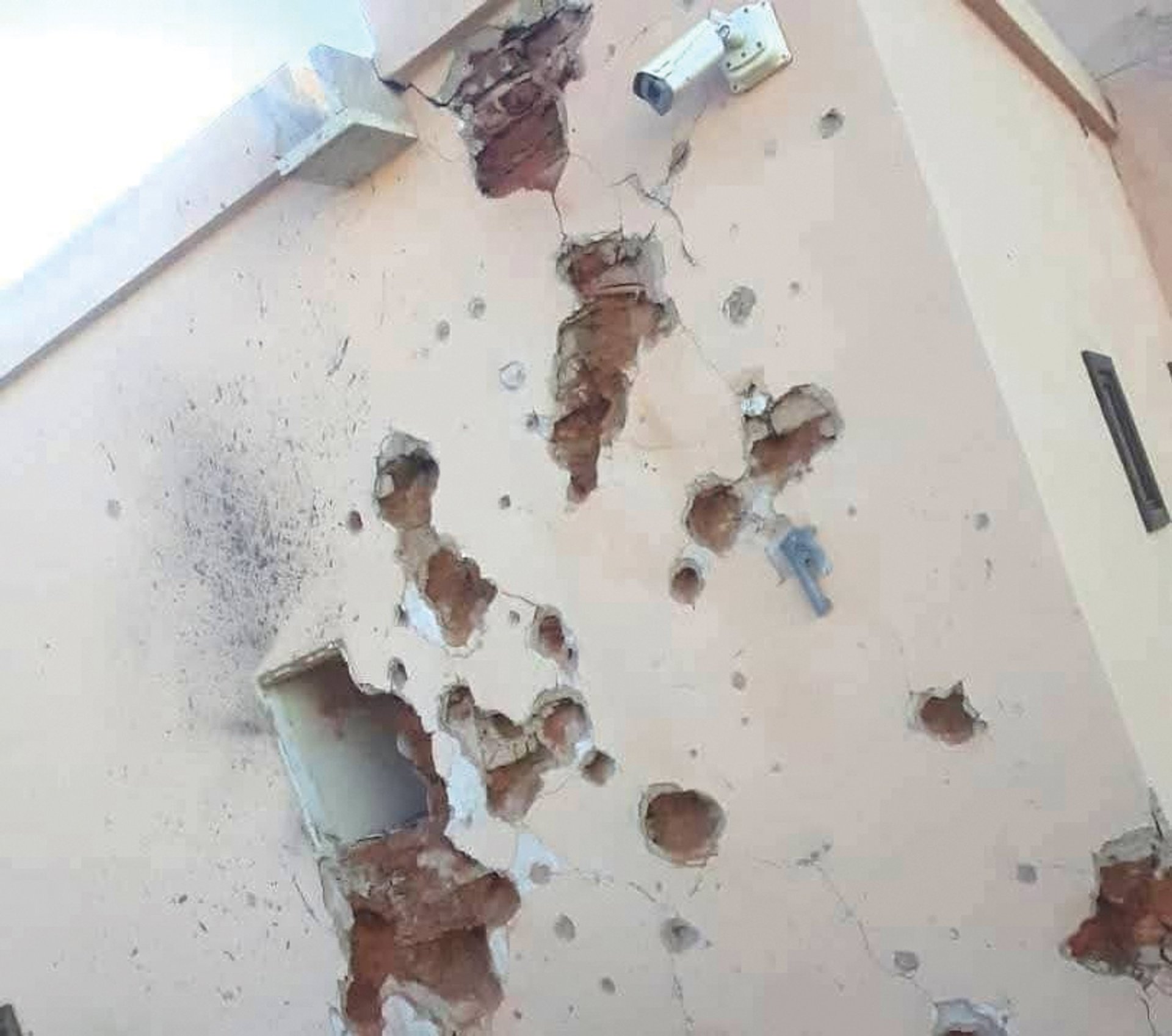
Further destruction at Sultan Ali Dinar Palace Museum in El Fasher; Darfur region Photo: Salaheldin Mohamed Ahmed/NCAM
After the army recaptured Omdurman, just west of Khartoum, Ahmed’s colleagues who visited the Khalifa House Museum there found it “completely looted”, he says.
Meanwhile, a video captured RSF soldiers inside Wad Madani Museum, around 200km south of Khartoum, he says. The army recaptured the town last month and Ahmed is awaiting updates following an inspection of the museum. Information on the situation in central Khartoum, home to significant historic buildings and archives, is limited, he says.
A spokesperson for Unesco says the organisation is deeply concerned about reports of looting and damage. From August 2023 to August 2024, Unesco’s Heritage Emergency Fund supported five archaeological museums with emergency measures, including securing collections, preparing safe havens, and inventorying and digitising over 1,700 artefacts.
But monitoring museums and archaeological sites has become increasingly difficult, with many NCAM staff displaced, and insufficient funds for guards, Ahmed says. “We have illegal digging in many of the sites,” he says. “There were a lot of people displaced, so areas have been overpopulated.” He adds that houses are being built on sites containing antiquities. “We also have a lot of people inscribing graffiti on monuments,” he says.
The two Unesco sites are in the north. The archaeological sites of the Island of Meroe (eighth century BC to fourth century AD) were the heartland of the Kingdom of Kush and include pyramids, temples, palaces and industrial areas. Jebel Barkal and the Sites of the Napatan Region, which span over 60km in the Nile Valley, represent the Napatan (900-270BC) and Meroitic (270BC-AD350) cultures of the second kingdom of Kush, with tombs, pyramids, temples, burial mounds and chambers, and living complexes and palaces.
The Unesco spokesperson says damage and risk assessments were undertaken at both properties and other historical sites, though the results were not shared. Ahmed names two incidents of illegal excavations near Meroe: an attempt to remove a lion statue, which was fortunately saved, and the excavations of tombs.
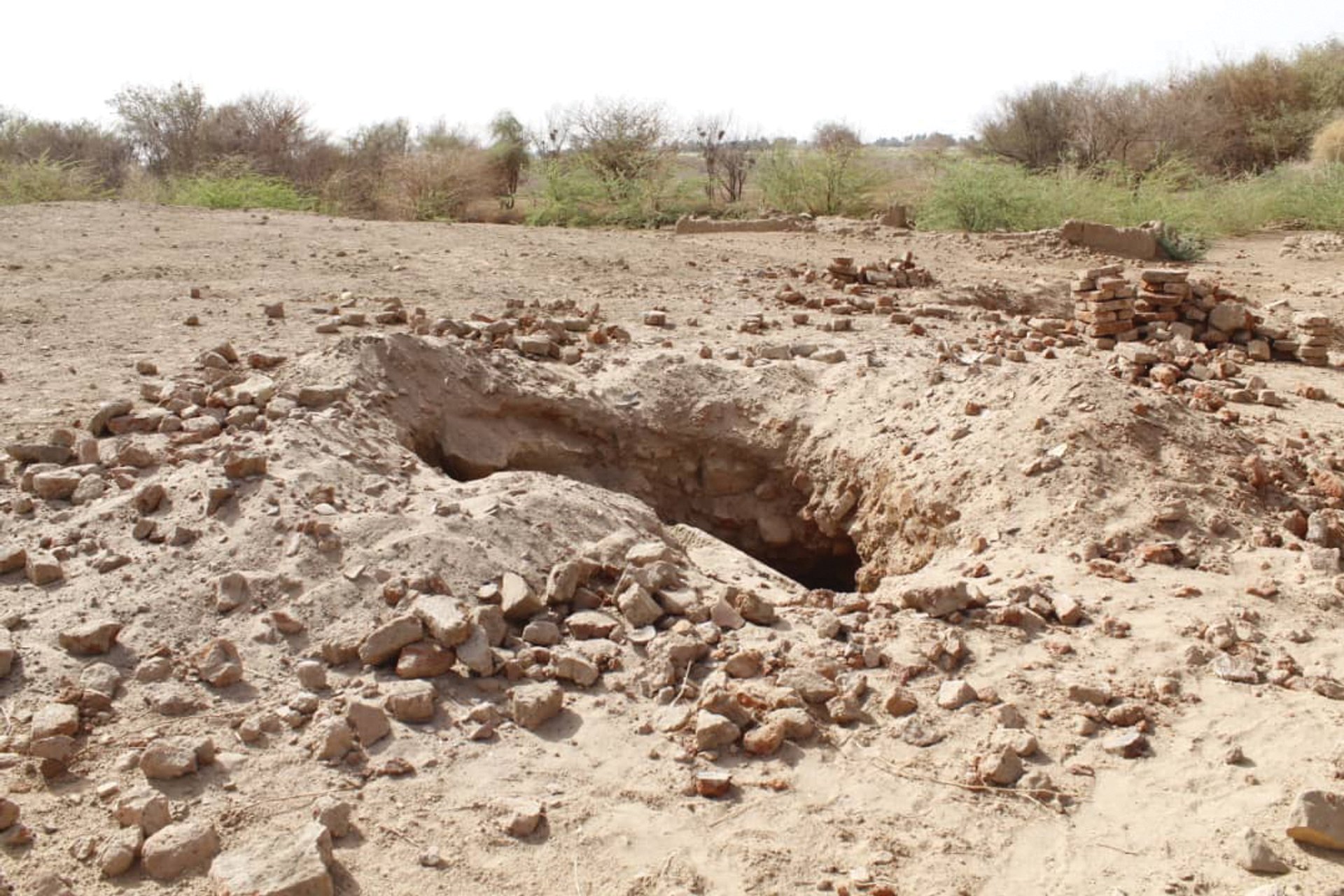
An attempted theft of a Meroitic period lion statue near Unesco’s Meroe site was interrupted and the artefact was rescued Photo: Mahmoud Suliman Bashir for NCMA
Geoff Emberling, an associate research scientist at the University of Michigan’s Kelsey Museum of Archaeology, has been involved in conservation at Jebel Barkal. The site was flooded last year, uncovering previously hidden tombs and buildings. The tombs, which Emberling estimates date from around 400BC, had to be “excavated right away” and moved to a safe location, he says. Despite limited resources, the ground team has worked tirelessly to protect sites—installing bollards to block vehicle access, clearing trash, and removing sand buildup.
The rising number of displaced people in the area poses a greater risk to the sites, but the team has turned this into an opportunity to engage the community, offering much needed humanitarian relief through classes and workshops. These sessions provide attendees, including children, with a meal and pay for the teachers. A children’s book on history and ancient objects is also in the works.
“This is really a way of supporting people and they really need help right now,” Emberling says. “Archaeology is really almost unique as a discipline, as a way of working and having this kind of connections in communities,” he adds, while stressing that much more funding is needed to address Sudan’s ongoing crisis.
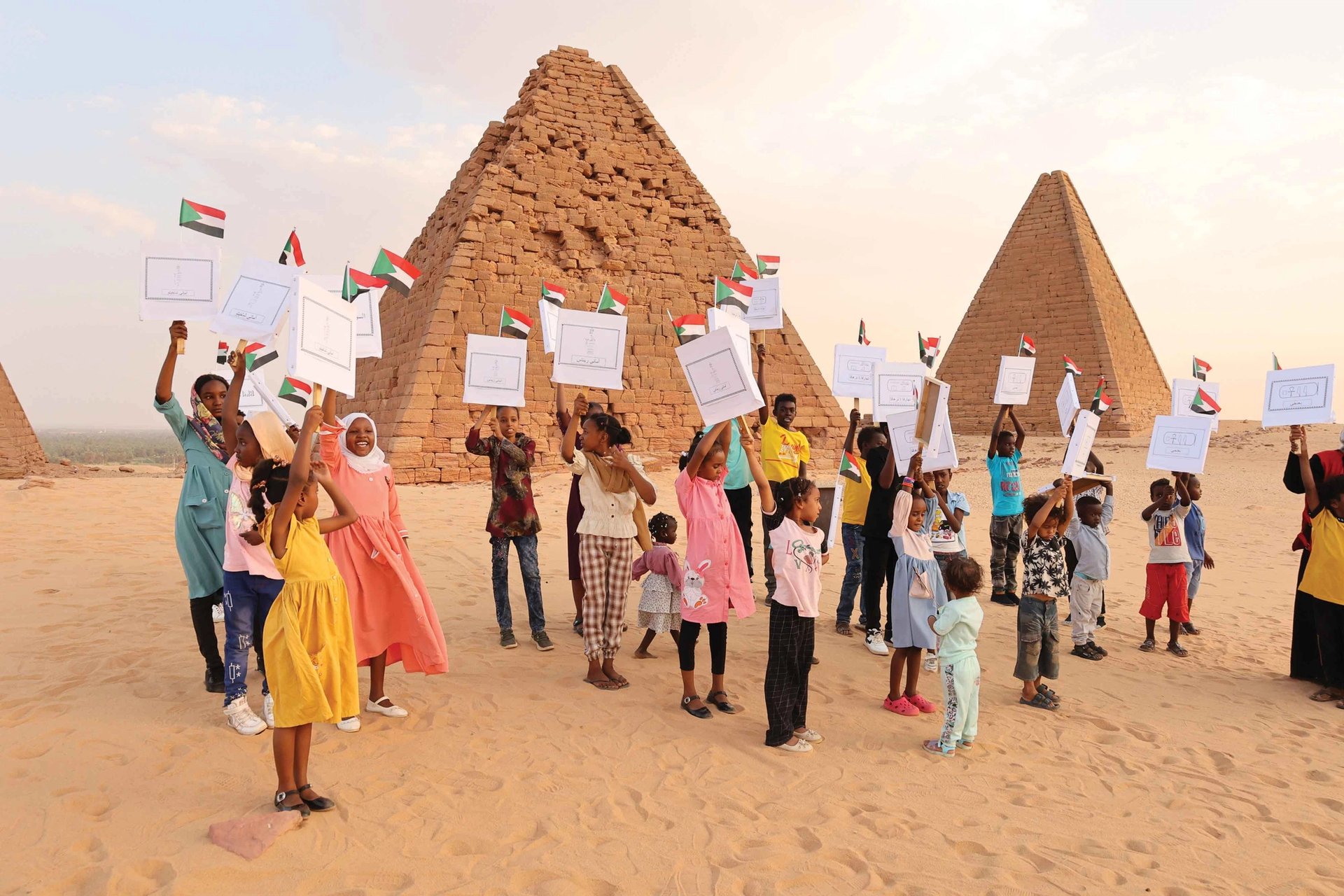
A workshop conducted with displaced children at Jebel Barkal Pyramids Photo: Michigan University Community Project
The Swiss-based foundation Aliph says it implemented emergency measures when the war began, including providing financial support for 70 NCAM staff and guards. It has also worked to protect cultural sites, such as the Island of Meroe, by reinforcing temporary dykes against Nile flooding and it plans to introduce further safeguarding initiatives.
Unesco and Aliph have also launched a project to assess the impact of war on Sudan’s intangible cultural heritage. The project aims to document at-risk heritage and empower communities, particularly youth, to safeguard it and foster resilience.
Cameron Walter, the programme manager of the Heritage Crime Task Force (HCTF) at the Organization for Security and Co-operation in Europe, says he expects antiquities from Sudan to enter North America and Europe. He says the HCTF and its partners are closely monitoring the situation but have not yet spotted items looted from the National Museum on the market. However, he adds, it can take as long as ten years for such items to resurface.
“Often criminal networks that move trafficked heritage take time to let dust settle, move pieces around and across borders in order to cover their crimes and the background of objects before attempting to launder the items into the global market,” Cameron explains.
Established in 2021 to track and recover stolen art and artefacts, HCTF cannot engage directly with Sudanese authorities, as the country falls outside of its mandate. However, Cameron notes that heritage crimes and trafficking are global issues affecting security, and they “are keenly interested in disrupting trafficking networks and recovering stolen heritage regardless of origin”.
“We have an extensive operational network across Europe and North America that can be leveraged in near real-time,” he adds.
Aliph says that, in partnership with the Institut National Français d’Histoire de l’Art (INHA) and others, it plans to support NCAM in consolidating and digitising Sudan’s collections of artefacts to aid heritage protection and combat illicit trafficking.
Ahmed and Saeed confirm that Interpol and Sudan’s international partners, particularly in Europe and North America, have been notified to watch for items originating from Sudan. However, the process is complicated by the lack of information on what has been stolen and the absence of a comprehensive digital inventory.


